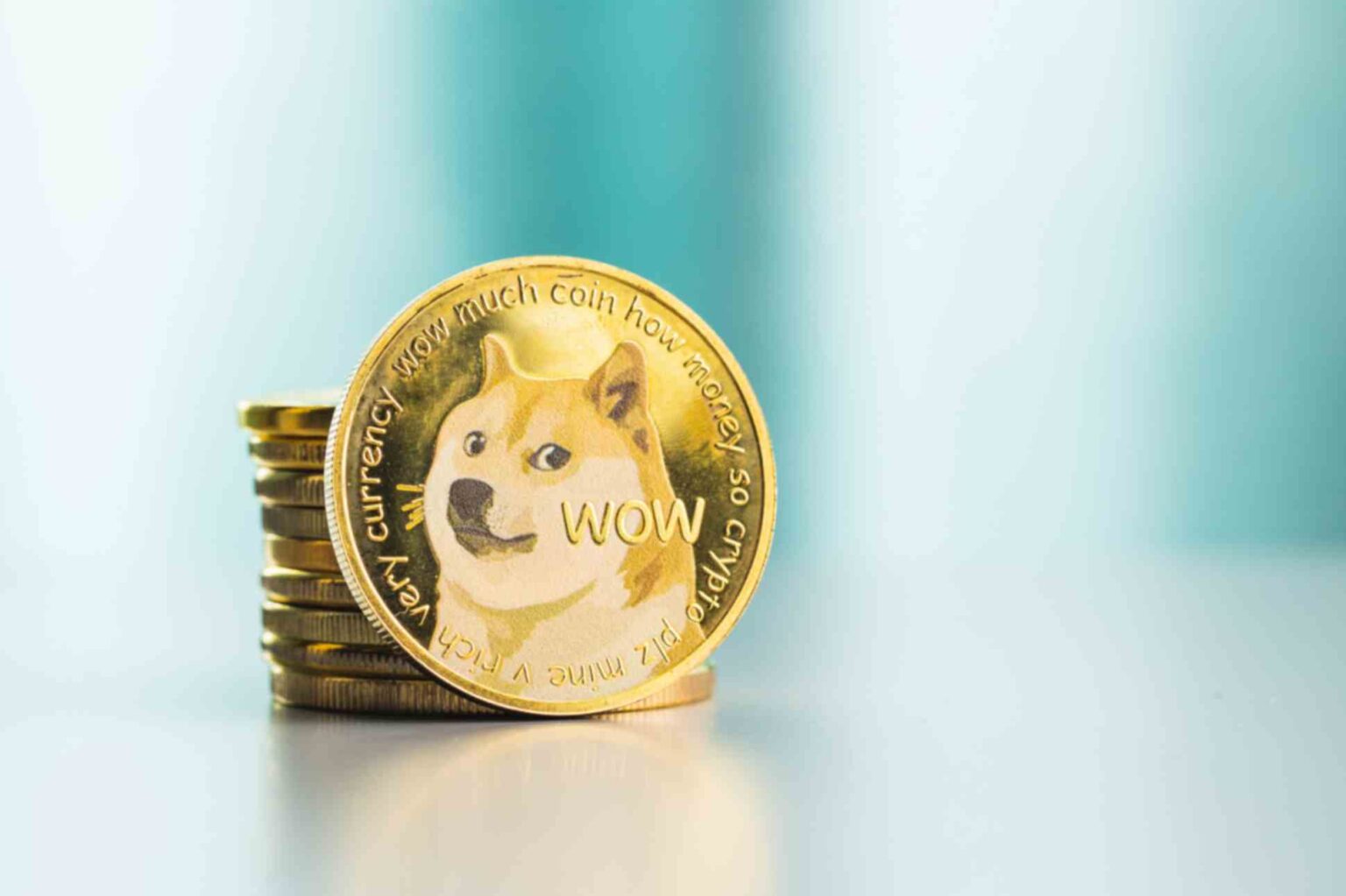When you delve into the world of cryptocurrencies, Dogecoin (DOGE) is a name you’ll frequently encounter. Originating as a meme, this digital asset has since gained ground in financial portfolios worldwide. Interestingly, a top analyst suggests that its market trends may mirror major economic shifts driven by trade policies.
The Relationship between Dogecoin’s Market Trends and Economic Changes
Mike McGlone, a strategist at Bloomberg Intelligence, noticed a fascinating trend. He pointed out that when comparing DOGE’s market cap with Bitcoin’s (BTC) price relative to gold, it could indicate speculative assets potentially foreshadowing significant economic trends. This observation came to light in a post he shared on April 3.
He identified a phenomenon he calls the “Same-Chart Syndrome,” where Bitcoin and Dogecoin’s price fluctuations seem to move in sync. This behavior suggests speculative assets may have similar responses to economic pressures.
Bitcoin, Dogecoin, and Gold’s Shared Market Dynamics
McGlone’s analysis shows that Bitcoin’s price relative to gold aligns with Dogecoin’s market cap, hinting at shared speculation and contraction cycles. This pattern is evident in a chart sourced from Bloomberg Intelligence.
Drawing parallels with the U.S. economy, the strategist suggested that proposed tariffs aimed at reducing the $1.2 trillion trade deficit could create volatility for dependent exporters, similar to speculative assets.
The Influence of Trade Policies on Digital Assets
McGlone had previously raised concerns about President Trump’s economic policies, which seem to seek a reset of the post-World War II global order. In this context, many countries have built net export surpluses with the United States.
If the world’s largest economy shifts toward more protectionist trade policies, risk assets may be the first to feel the impact. This shift may lead to increased volatility, especially in cryptocurrencies.
According to McGlone, such a shift could exert downward pressure on stocks while maintaining the dominance of highly speculative assets.
Digital assets with minimal use cases, such as Dogecoin, might react first to changing capital flows. This response could be the result of Dogecoin’s meme-inspired origin and subsequent rise to speculation.
Gold’s Position Amid Economic Turbulence
In the same analysis, McGlone also underscored gold’s potential role amidst these economic shifts. He noted that gold’s historical $3,000-per-ounce resistance level may transition into a long-term support level.
Such a price movement could indicate a growing flight to safety as investors seek stability amidst economic turbulence. As reported by Finbold, McGlone projected falling risk asset prices as a probable catalyst to help the precious metal target the $4,000 mark.
What does Dogecoin’s market trend tell us about the broader economy?
Dogecoin’s market performance, as noted by Mike McGlone, may indicate broader economic trends, particularly influenced by trade policies. Changes in DOGE’s market cap in comparison to Bitcoin’s value relative to gold could signal potential shifts in the economy.
Could the same economic pressures influence Bitcoin and Dogecoin?
Yes. According to McGlone’s “Same-Chart Syndrome,” Bitcoin and Dogecoin may respond similarly to economic pressures, suggesting a connection between their price fluctuations and economic conditions.
How might protectionist trade policies impact cryptocurrencies?
Protectionist trade policies could potentially increase volatility in the cryptocurrency market, particularly for highly speculative assets like Dogecoin and Bitcoin. Depending on these changes, such policies could place downward pressure on stocks while maintaining the dominance of speculative assets.
This well-researched guide explores how market trends of Dogecoin could potentially mirror significant financial shifts. Understanding these connections can offer deeper insights for investors navigating the volatile world of cryptocurrencies.

